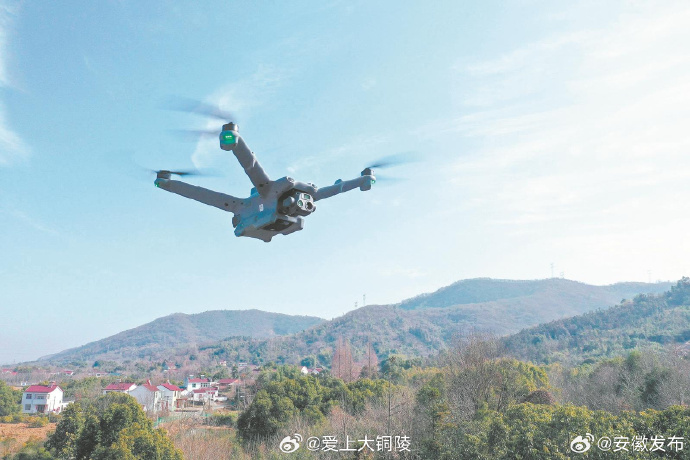In the rapidly evolving landscape of modern warfare, drones are revolutionizing military strategies. These unmanned aerial vehicles, equipped with advanced technology, are transforming various aspects of defense operations. Drones, with their increased precision and capability, are reshaping how military forces perceive, startle, and engage enemies. Their versatile applications span surveillance, intelligence gathering, and targeted strike operations. These autonomous machines offer unique advantages, allowing for safer and more efficient missions compared to traditional methods. As drones continue to develop, military tactics are adapting accordingly, revolutionizing both strategic planning and field execution.
The Role of Drones in Surveillance and Reconnaissance

Drones have become indispensable tools in surveillance and reconnaissance missions, playing a crucial role in military strategies. Their ability to provide real-time data to ground personnel offers a distinct advantage, enabling timely decision-making and better preparation for operations. Equipped with high-resolution cameras and infrared sensors, drones can gather intelligence without risking human lives, especially in hostile or challenging environments. In military operations, this not only enhances situational awareness but also helps in tracking enemy movements and strategically positioning forces.
Combat and Strike Operations Enhancement
In combat scenarios, drones are significantly altering offensive strategies. With their precision-targeting capabilities, drones can execute high-stakes missions with minimal collateral damage. This precision is particularly vital in dealing with fortified enemy positions or high-value targets. The integration of drones in combat operations allows military forces to launch strategic strikes from safe distances, drastically improving the effectiveness of attacks while minimizing risks to personnel. As technology advances, the payload capacity and strike effectiveness of drones continue to grow, further solidifying their role on the battlefield.
Training and Simulation
Beyond direct combat applications, drones are increasingly used in training and simulation environments. These simulations provide military personnel with critical experience in operating drones and executing complex missions. By simulating real-world scenarios, soldiers can enhance their tactical skills and readiness for actual operations. This training also aids in developing innovative tactics and strategies, maximizing the strategic potential of drones in various combat situations.
Future Trends and Technological Advancements
The continuous advancements in drone technology signal future trends that promise even greater impact on military strategies. Enhanced AI integration and machine learning capabilities are paving the way for smarter, more autonomous drones. These developments will allow drones to make complex decisions independently, further revolutionizing the scope of military operations. Improvements in battery life, stealth features, and communication systems are also expected to expand operational possibilities.
Frequently Asked Questions
What are the ethical concerns surrounding military use of drones? There are significant ethical concerns related to the use of drones in warfare. Questions surrounding autonomy, accountability, and civilian safety are central to ongoing debates. While drones reduce risk to military personnel, civilian casualties and the potential for misuse raise moral and ethical challenges that governments need to address.
How is drone technology expected to evolve in military applications? Drone technology is poised for rapid advancements, especially in AI and machine learning. Future drones will likely feature enhanced autonomy, allowing for more complex mission capabilities. Additionally, stealth technology and improved sensors will make drones indispensable for covert operations.

Are drones cost-effective in military operations? Drones can offer cost-effective solutions by reducing the need for pilots and traditional military equipment. However, the initial investment in drone technology and infrastructure is substantial. Long-term savings are generally realized through increased efficiency and reduced risks to human life.